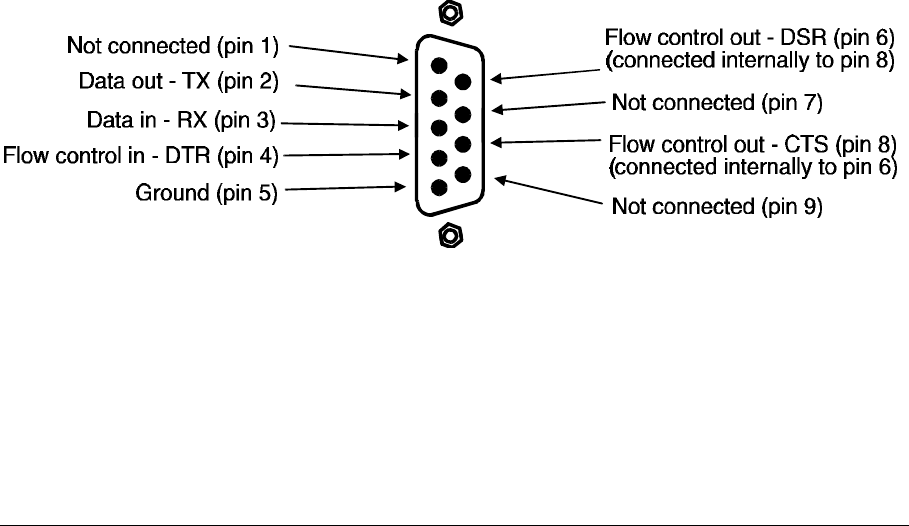
AdderLink Installation and Use Page 48
Maximising the video quality for long cable lengths
All twisted pair cables are constructed so that each of the twisted pairs has a slightly
different twist rate. This is to reduce the electrical cross-talk between signals
travelling on adjacent pairs. This difference in twist frequency effectively means that
the wire distance that an electrical signal has to traverse is different for the different
pairs. This does not normally cause a noticeable problem but for higher screen
resolutions at longer cable lengths a colour separation effect may start to be
observed.
In practice most networking cables have one pair of conductors that are significantly
more tightly twisted than the other three. Unfortunately this varies between cable
types and manufacturers. If you do observe a colour separation effect at high screen
resolutions and longer cable lengths then this may be improved by swapping the
twisted pairs that are used within the cable. To gain the best results the red, green
and blue AdderLink colour signals should be sent over the three pairs that have the
closest twist frequency. This normally means that the pair with the tightest twist
frequency should be avoided.
If you do not already have a cable and you wish to purchase a suitable cable then
this may be purchased from Adder Technology via your supplier. High quality cables
are also available that remove this colour separation effect completely.
A4. RS232 port pin assignments
View of AdderLink 9-way D-type female socket


















